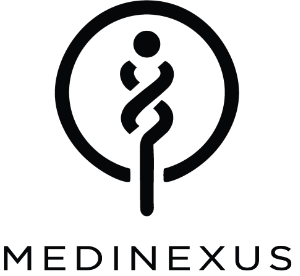DOI: 10.6133/apjcn.202109_30(3).0009
Takuya Minamizuka MD, PhD1,2, Masaya Koshizaka MD, PhD1,2, Mayumi Shoji MD, PhD1,2, Masaya Yamaga MD, PhD2, Aiko Hayashi MD, PhD1,2, Kana Ide MD, PhD2, Shintaro Ide MD, PhD2, Takumi Kitamoto MD, PhD2, Kenichi Sakamoto MD, PhD2, Akiko Hattori MD, PhD2, Takahiro Ishikawa MD, PhD1,2,3, Junji Kobayashi MD, PhD1,2, Yoshiro Maezawa MD, PhD1,2, Kazuki Kobayashi MD, PhD2, Minoru Takemoto MD, PhD2,4, Masaru Inagaki MS5,6, Akira Endo PhD7,8, Koutaro Yokote MD, PhD1,2
1Department of Medicine, Division of Diabetes, Metabolism and Endocrinology, Chiba University Hospital, Chiba, Japan 2Department of Endocrinology, Hematology, and Gerontology, Chiba University Graduate School of Medicine, Chiba, Japan 3Geriatric Medical Center, Chiba University Hospital, Chiba, Japan 4Department of Medicine, Division of Diabetes, Metabolism and Endocrinology, International University of Health and Welfare, Chiba, Japan 5Core Technology Laboratories, Asahi Group Holdings, Ltd., Ibaraki, Japan 6Laboratory of Exercise Physiology, Graduate School of Health and Sports Science, Juntendo University, Chiba, Japan 7Biopharm Laboratory, Ltd., Tokyo, Japan 8University Research Administration Center, Tokyo University of Agriculture and Technology, Tokyo, Japan
Abstract
Background and objectives: Red yeast rice contains monacolin K, an inhibitor of cholesterol synthesis, and gamma-aminobutyric acid, a neurotransmitter. The daily dose of red yeast rice and monacolin K in previous studies was relatively high; therefore, there were safety concerns. We aimed to examine the effects of low daily dose red yeast rice on arteriosclerosis in patients with mild dyslipidemia.
Methods and study design: Eighteen patients without known cardiovascular disease and unsatisfactory low-density lipoprotein cholesterol (3.96±0.19 mmol/L) controlled only by diet therapy were randomly allocated to receive low dose red yeast rice (200 mg/day) containing 2 mg monacolin K or diet therapy alone for 8 weeks. The primary outcome was the absolute change in low-density lipoprotein cholesterol. Secondary outcomes included total cholesterol, apolipoprotein B, and blood pressure.
Results: Low-density lipoprotein cholesterol decreased significantly in the red yeast rice group than in the diet therapy group (median [interquartile range]: control -0.20 [-0.62, 1.19] mmol/L vs. red yeast rice -0.96 [-1.05, -0.34] mmol/L, p=0.030). The red yeast rice group also exhibited significant decreases in total cholesterol, apolipoprotein B, and blood pressure. No severe treatment-related adverse effects on muscles, liver, or renal function were observed.
Conclusions: We found that patients in the red yeast rice group exhibited significant reductions in lowdensity lipoprotein cholesterol, total cholesterol, apolipoprotein B, and blood pressure without any recognised adverse effect. This suggests that low daily dose red yeast rice could reduce cardiovascular risk in patients with dyslipidemia.
Key Words: cardiovascular risk, gamma-aminobutyric acid, hypertension, low-density lipoprotein cholesterol, Monascus purpureus


